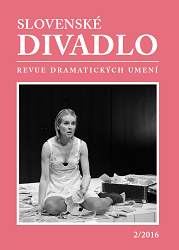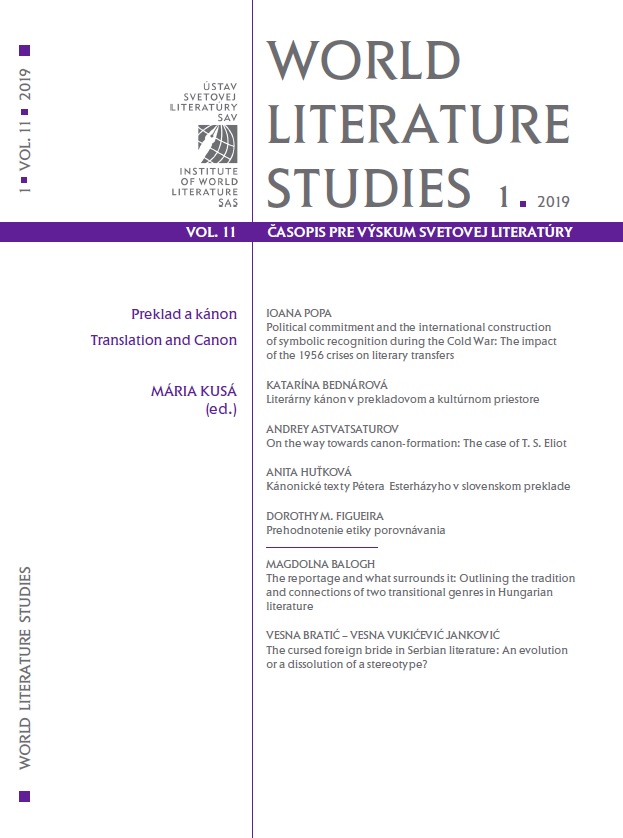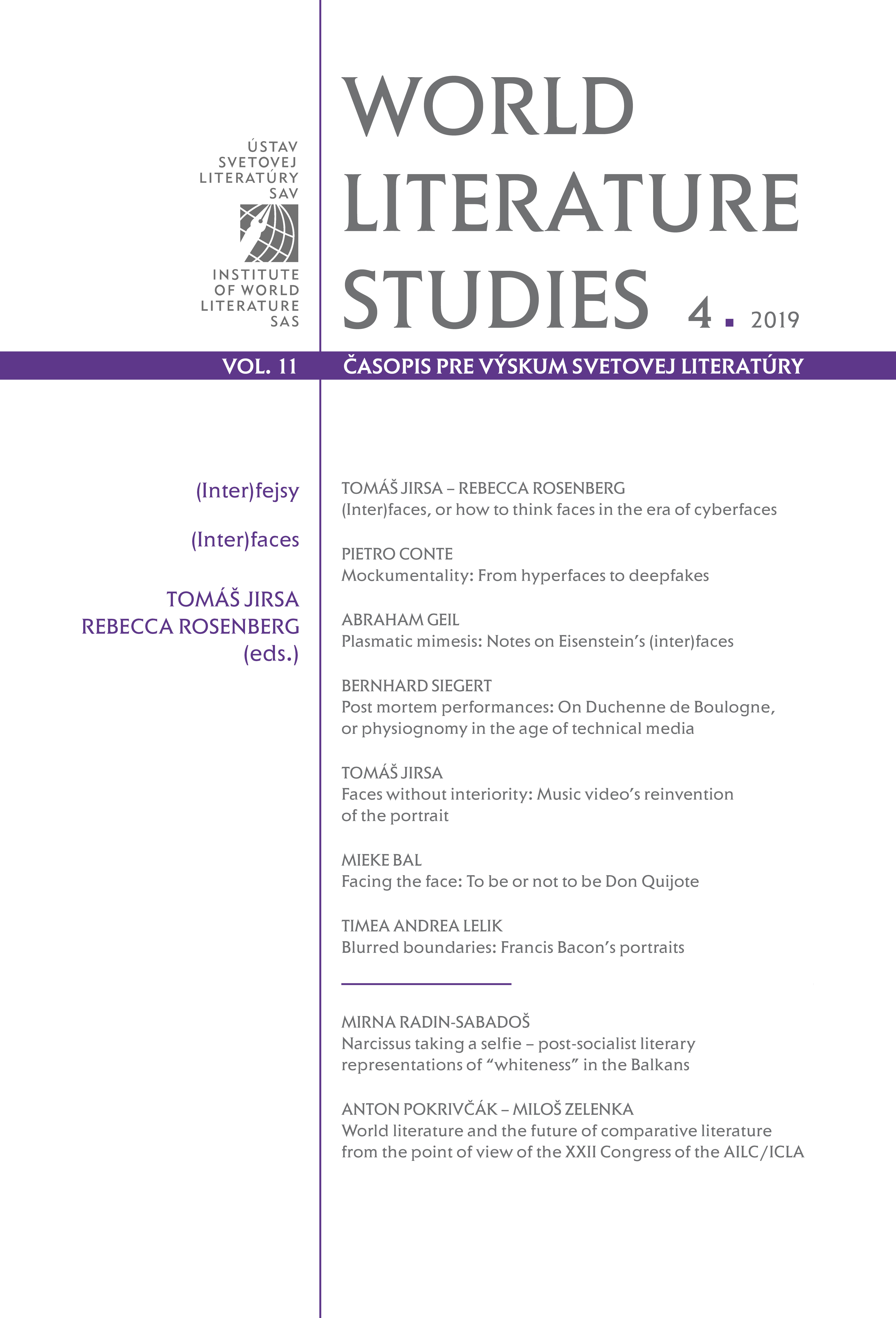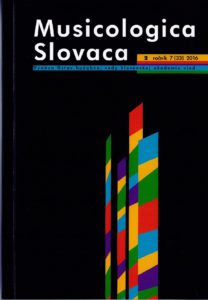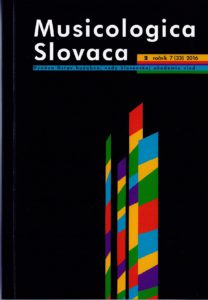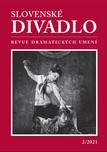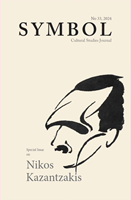KOGNITÍVNA DISONANCIA AKO PSYCHOLOGICKÝ FENOMÉN RÉŽIE DOKUMENTÁRNEHO FILMU
Kognitívna disonancia je psychologickým javom známym každému človeku: psychologické pnutie, pocit napätia, ktoré vzniká, keď sa dozvieme informáciu, ktorá je v ostrom rozpore s našimi predstavami či svetonázorom.
More...
